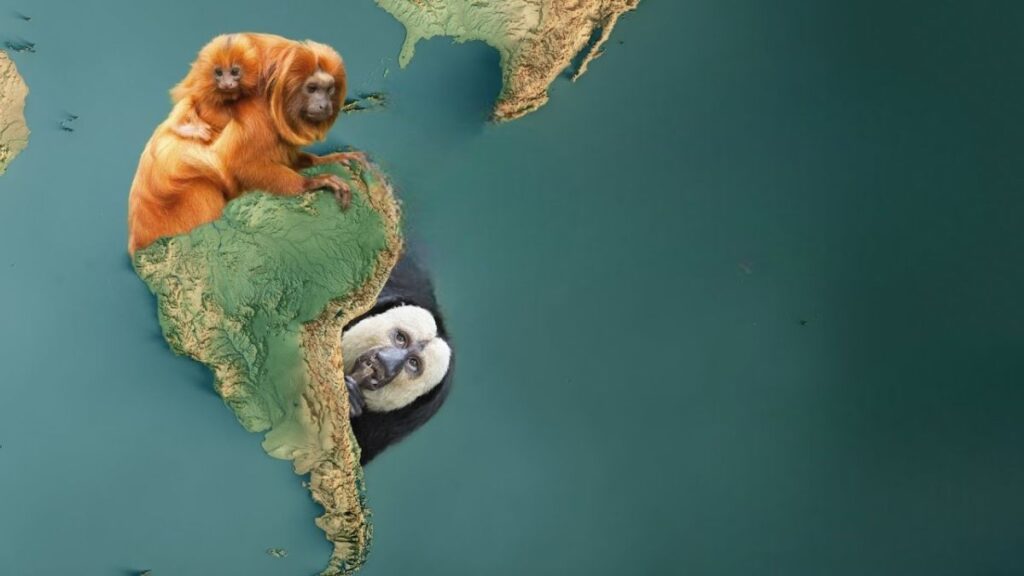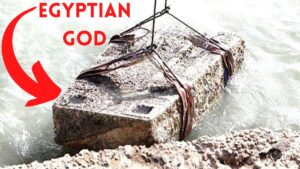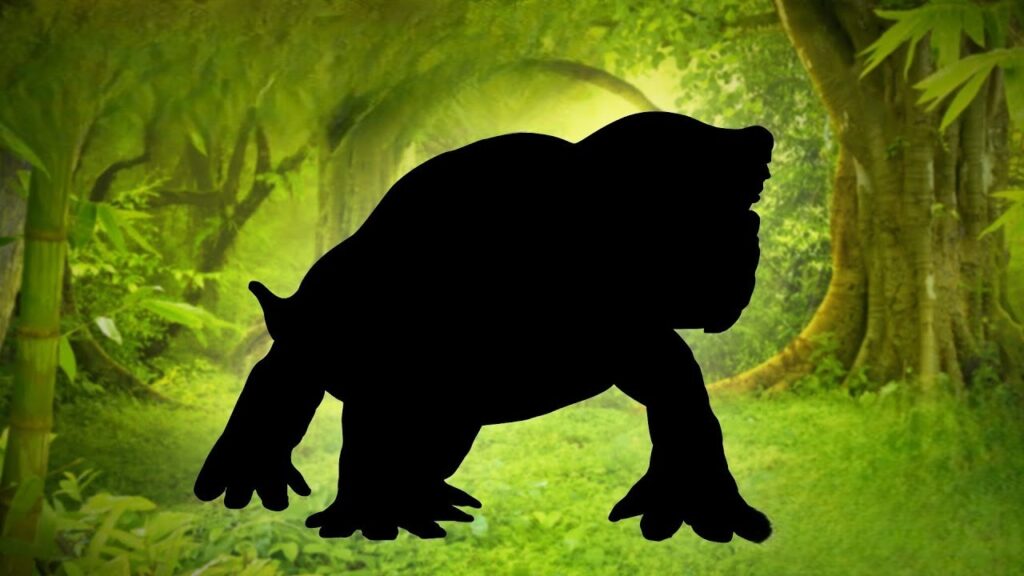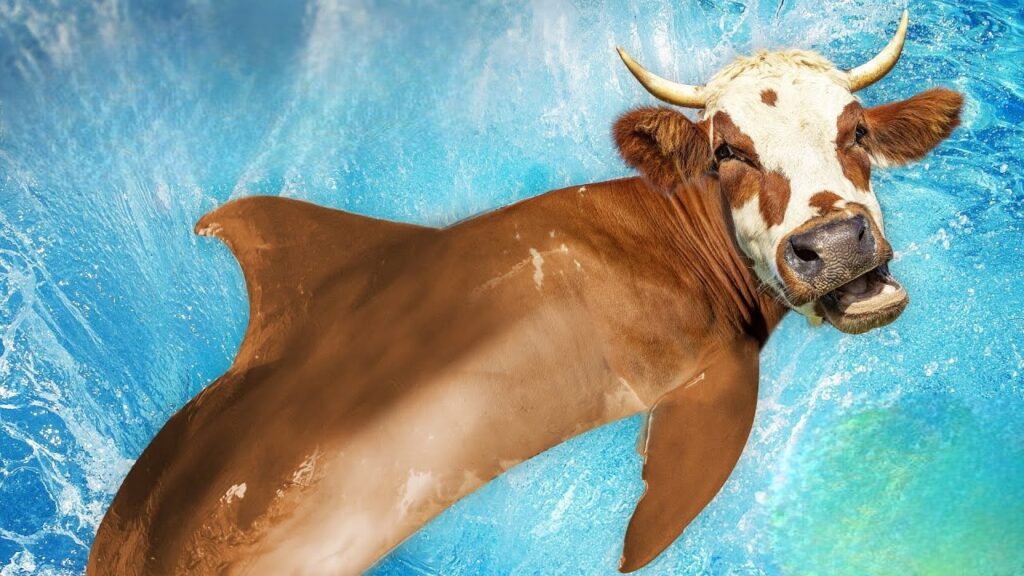
Why do monkeys live in South America?
It might appear strange to ask this.
But this isn’t some philosophical question about why there is anything at all—I can’t help you with that.
The way that we have monkeys in the Americas is a lot more peculiar than you’d suspect.
In fact, they shouldn’t even be here on this side of the Atlantic.
In the Americas, they went completely extinct for millions of years before coming back.
If they were absent for such a long time, then how did they return?
If I told you that they took a boat, what would you think?
Platyphines, or New World monkeys, are a species of monkey found in South America.
The irony of this whole platyrrhine parentage mystery is that some of the earliest primates lived in North America but had no direct connection to today’s South American monkeys.
Parthardina, one of the earliest groups of primates, appears in fossils in Asia, Europe, and North America almost simultaneously around 56 million years ago.
In addition, it appears that Teilhardina followed one of a few possible routes around the world, despite the fact that there is still a lot of debate about where they originated (which we are not going to get into here).
They might have come from Asia and got over into North America through the Bering land span, then hurried over to Europe by means of the North Atlantic land span.
Or, they could have come from North America and traveled in the opposite direction of that same route.
These early primates were able to spread so far, but around 35-40 million years ago, during the Eocene, they completely disappeared from the Americas. As a result, we don’t know for sure if they were related to the South American monkeys we see today.
As a result, the identification of these monkeys’ direct ancestors was made possible by the discovery in Santa Rosa, Peru, of a brand-new, unrelated group of fossil primates.
The researchers gave this fossil species the name Perupithecus. Despite the fact that this species doesn’t have a lot of fossil material, what they do have has given them a solid clue about its closest relatives.
who, geographically speaking, really aren’t all that close together.
When researchers looked at the teeth, they noticed that they were very similar to those of another fossil primate from Libya called Talahpithecus.
Libya, you know, is in Africa.
Examples include the Atlantic Ocean.
Furthermore, by the time Perupithecus arrived, the land bridges that Teilhardina had utilized to traverse the continent had largely vanished, leaving them with no clear route.
However, it becomes even wilder.
It turns out that Perupithecus’s ancestor was not the only primate that came to South America in the Oligocene.
Paleontologists recently discovered additional teeth from parapithecids, a different species of now extinct primates, in Peru.
Additionally, their teeth were comparable to those of Egyptian primate fossils, which represent another group of African primates.
By consolidating the physical data from the teeth with an investigation of DNA taken from later fossil teeth, scientists gauge that the parapithecidae teeth were around 32 million years of age.
Paleontologists believe that between 35 and 32 million years ago, parapithecids and early platyrrhines rafted from Africa to South America.
They might even have arrived at the same moment!
Therefore, these primates must have traveled to South America at least twice, regardless of how they got there.
What’s more, despite the fact that it appears to be legit that they just took the land course to get from Africa to South America, there’s actually no proof of that journey, except if they were some sort of paleo-Houdinis.
For primates to get to South America via land, they would have needed to traverse Africa, as far as possible across Eurasia, then, at that point, over the Bering Waterway and right down the North American mainland to get to where they’ve been tracked down in Peru.
In addition, they wouldn’t have been able to leave any fossils behind in any of the places they traveled through.
Therefore, land travel is probably out of the question, leaving only water travel as an option.
Additionally, scientists believe that the use of rafts by a group of primates to cross the ocean is the best method for doing so.
To be clear, they probably weren’t joining wooden beams together to make a boat like Castaway did.
Almost certainly, these creatures gripped to bunches of vegetation, similar to mangroves or other fallen trees, that got cleared out to the ocean during storms.
Another possibility is that they sailed over on islands formed by fragments of land that had separated from the African coast.
Even though all of this sounds crazy, the conditions were actually pretty good for an ocean voyage back then.
Ocean levels around then were lower than they are today on account of the development of icy masses in the Antarctic.
Additionally, the continents were closer together than they are today despite not being connected.
While today’s coast-to-coast distance is approximately 1,770 miles, it would have been between 1,000 and 1,300 miles at the time. This may not seem like much of an improvement, but it could have been crucial for those tiny monkeys.
The majority of small mammals and reptiles are thought to be able to survive that long without fresh food or water in the right conditions, despite the fact that the journey across the Atlantic may have taken as little as 10 to 13 days.
Additionally, researchers are fairly certain that primates have traveled further afield than just from Africa to America.
For instance, we are aware that the lemurs of Madagascar are most closely related to primates on mainland Africa. However, we are also aware that the lemurs’ ancestors did not arrive in Madagascar until a considerable amount of time had passed since the landmass had separated from the remainder of Africa.
This indicates that they would have needed to cross the Mozambique Channel in some way, probably via rafts.
Torpor, a state of physical inactivity in which their bodily processes slow down and their temperature drops, may have enabled lemurs to survive the journey.
However, not everyone is so convinced that early monkeys reached the New World by rafting.
For one’s purposes, since we’re missing proof of a land crossing, doesn’t be guaranteed to imply that boats are the main response.
We simply lack any evidence regarding the possibility of that alternative response.
Like sunken pirate treasure, the direct, tangible evidence for rafting is currently waiting to be found.
In addition, “When you have eliminated the impossible, whatever remains, however improbable, must be the truth,” as stated by Sherlock Holmes.
Rafts are also occasionally the improbable truth.











